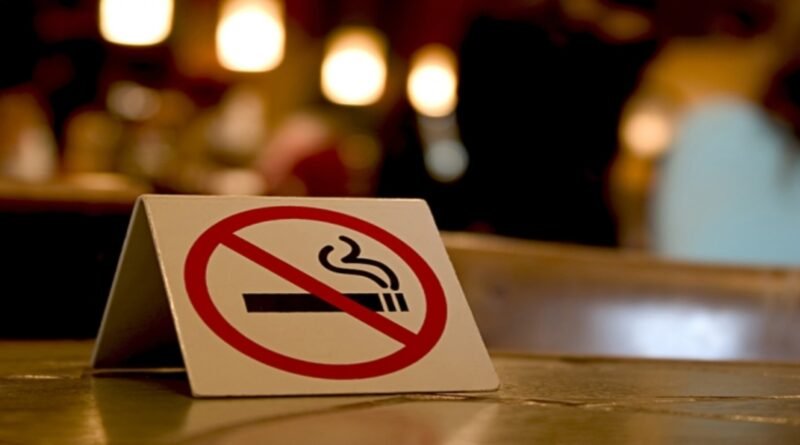Father’s Passive Smoking May Harm Children’s Lung Health
In an observational study published in the journal Thorax, scientists found that children of men who were exposed to passive smoke in childhood had a higher risk of developing COPD (chronic obstructive pulmonary disease). According to the WHO, chronic obstructive pulmonary disease caused 3.5 million deaths in 2021 alone, with active smoking and exposure to air pollution cited as the main causes. The fact that there are more than 1.3 billion tobacco users worldwide further emphasizes the importance of these studies, as the risk affects not only smokers themselves but also those exposed to passive smoke.
“The risk was even higher if the children themselves were also exposed to passive smoking during childhood.”
The study began with 8,022 children and their parents, and among 5,097 parents with complete data, 2,096 were fathers. For the final analysis, 890 father–child pairs were included, for whom data were available on the father’s exposure to passive smoking before puberty and the children’s lung function up to age 53.. The children were tested multiple times throughout their lives, first at ages 7, 13, and 18, and then as adults at 4343, 50, and 53, to track long-term lung function and the effects of their fathers’ passive smoke exposure during childhood. Their lung function was measured using FEV1 and FVC (the amount of air a person can forcibly exhale in one second, and in total, respectively).
The results showed that children whose fathers were passive smokers during childhood had: a 56% higher likelihood of reduced lung function, twice the probability of a rapid decline in lung function, twice the risk of developing COPD by middle age. The risk was even higher if the children themselves were also exposed to passive smoking during childhood.
“Our analyses found that paternal prepubertal passive smoke exposure was associated with impaired lung function trajectories in their children from ages 7 to 53. This evidence of an intergenerational association can inform public health messages about the harms of passive smoke exposure,” said one of the study authors, Dr. Dinh S. Bui, at the Allergy and Lung Health Unit, Centre for Epidemiology and Biostatistics, Melbourne School of Population and Global Health, The University of Melbourne, Melbourne, Victoria, Australia.
Further research and the CYP2A6 example?
The period before puberty is critical because exposure to harmful substances can alter gene expression and repair mechanisms, which may then become heritable for their children. As Dr. S. Bui explained, CYP2A6 metabolizes nicotine, some pharmaceuticals (like coumarin), and environmental toxins; its activity is generally lower before puberty, meaning substances it metabolizes (like nicotine) are cleared more slowly. Sex hormones upregulate CYP2A6 expression. Activity increases, often reaching adult levels by late adolescence.
“Further research into potential mechanisms, such as epigenetic pathways, may provide additional insights into how parental prepubertal passive smoke exposure is associated with impaired lung function trajectories in their children.”
What further research is needed in this case, and, for example, how much do enzymes influence the outcomes?
“This study, based on the Tasmanian Longitudinal Health Study, did not collect biological samples from fathers; therefore, specific biological mechanisms could not be investigated. Further research into potential mechanisms, such as epigenetic pathways, may provide additional insights into how parental prepubertal passive smoke exposure is associated with impaired lung function trajectories in their children. It is unknown whether reduced enzyme activity in children, associated with heritable epigenetic changes, plays a role in the association observed in this study,” said Dr. S. Bui. According to the American Lung Association, cigarettes contain roughly 600 different ingredients. When smoked, they release over 7,000 chemicals, at least 69 of which are known to cause cancer, while many others are highly toxic.
“Creating smoke-free environments for children may benefit their respiratory health and reduce the risk of respiratory diseases in the next generation.”
Important advice
As Dr. S. Bui explained to Unknown Focus, creating smoke-free environments for children may benefit their respiratory health and reduce the risk of respiratory diseases in the next generation.
Note: When you quit smoking, good things start to happen. Find out more here.
Image: Smoke Free/https://www.fightcancer.org/what-we-do/smoke-free


